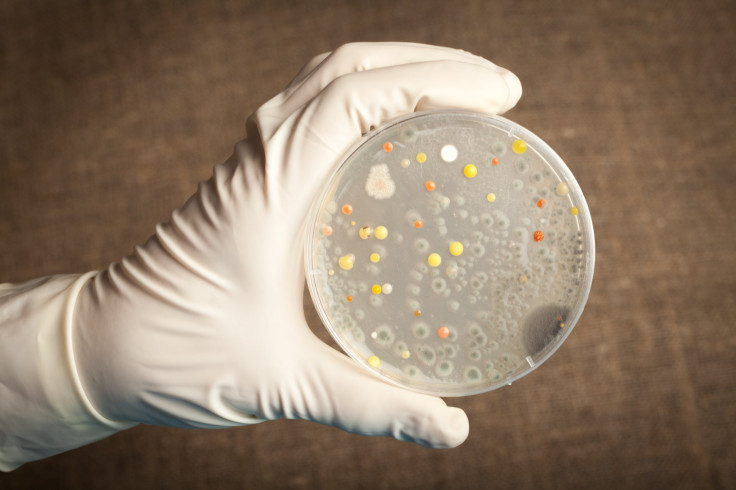Tally Of Labs Accidentally Sent Live Anthrax By Pentagon Now At 51, 'May Rise'

The fallout of the Pentagon anthrax scandal appears to be only growing wider.
According to an update released by the Department of Defense (DoD), it now appears that an Army research facility in Utah accidentally sent samples of live anthrax to as many as 51 commercial companies, academic institutions, and federal laboratories across four countries, including 17 states locally. The countries were Korea, Australia, and Canada, while the named states include California, Delaware, and Maryland as well as the District of Columbia. This current tally is slightly more than double the reported number last week. "We expect this number may rise," said Deputy Defense Secretary Robert Work, according to USA Today.
Work, as part of a team comprised of officials from the military and the Centers for Disease Control and Prevention (CDC), has been tasked with finding out how the samples of Bacillus anthracis, the bacterial cause of anthrax and potential bioweapon agent, were repeatedly and improperly shipped from the Dugway Proving Ground, a facility tasked with researching methods to improve the nation’s defenses against biological attacks.
Though 31 U.S. citizens have been given preventive treatment against anthrax, most dangerous when inhaled as a bacterial spore, the DoD reports no infections among the potentially exposed. They have stated there is no risk to the greater public or to those who handled the packaged shipments, sent through commercial shipping companies like FedEx. The live samples, kept in liquid vials, were first discovered May 22nd by a Maryland lab, though officials have stated that there might be potentially live samples dating back 10 years. It is currently believed that failed efforts to fully inactivate the anthrax spores are responsible for the incident, though the investigation will also attempt to understand why later testing didn’t find the presence of live bacteria and review whether lab workers correctly adhered to established DoD biohazard safety protocols and procedures.
It has been a rocky period for both the military and civilian sector of biohazard research in the United States. Last year, the CDC reported numerous gaffes in the government’s maintenance of deadly viral and bacterial agents, including anthrax. In one incident, CDC lab workers accidentally cross-contaminated an animal flu strain with the H5N1 strain of bird flu, a particularly deadly variant that has thankfully remained difficult to spread between people. In a familiar echo, another CDC lab used improper sterilization techniques on anthrax samples, risking exposure to workers. And a FDA lab reported finding forgotten batches of the nearly extinct variola, or smallpox virus, while preparing to move its materials to another location. Though these incidents ultimately resulted in no danger to the public or lab workers, they led to calls to review and improve containment policies, with the CDC temporarily shutting down work at its two labs.
It seems likely that the sheer scale of this latest contamination fiasco will prompt similar overhauls.
Published by Medicaldaily.com



























